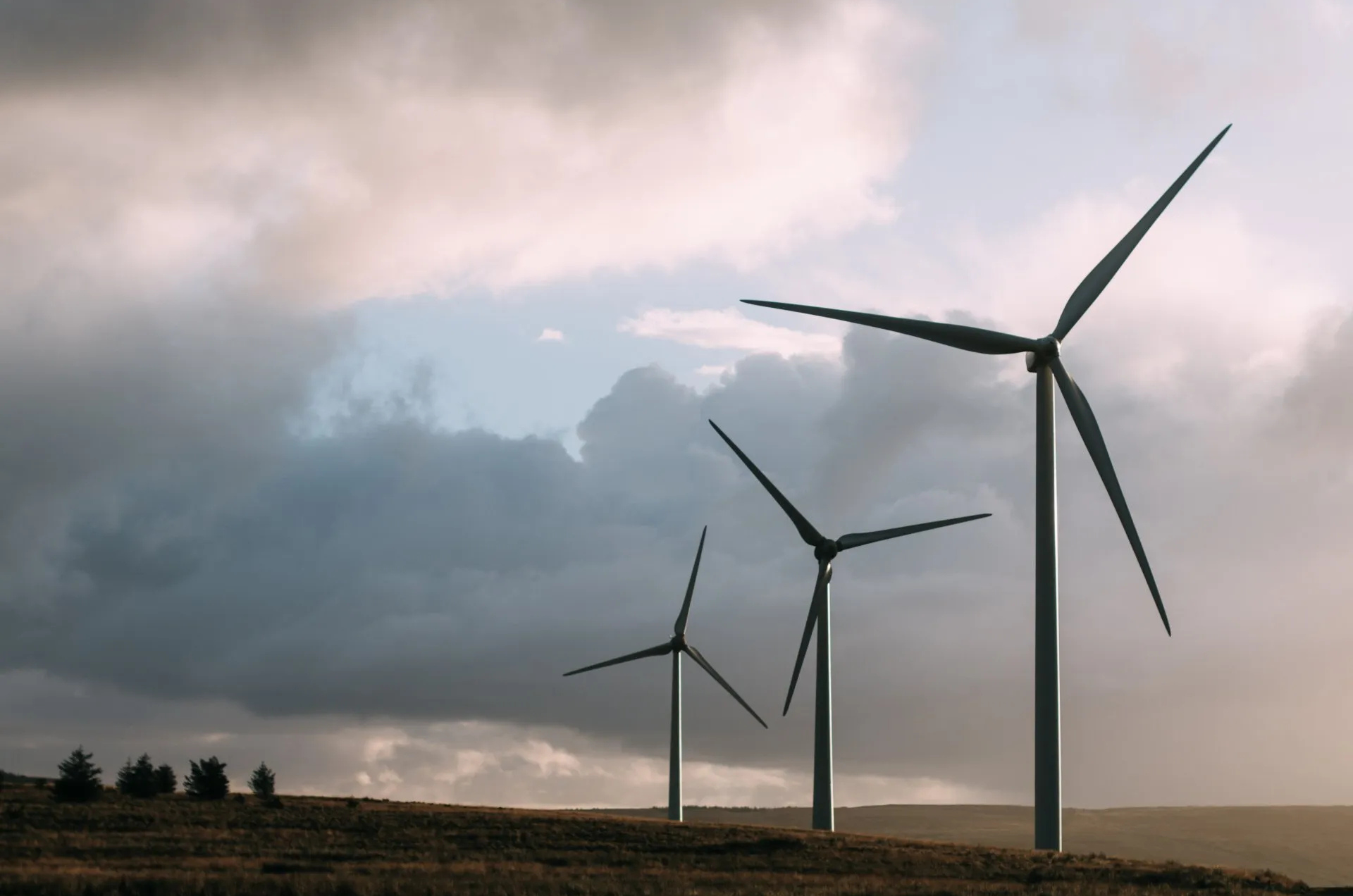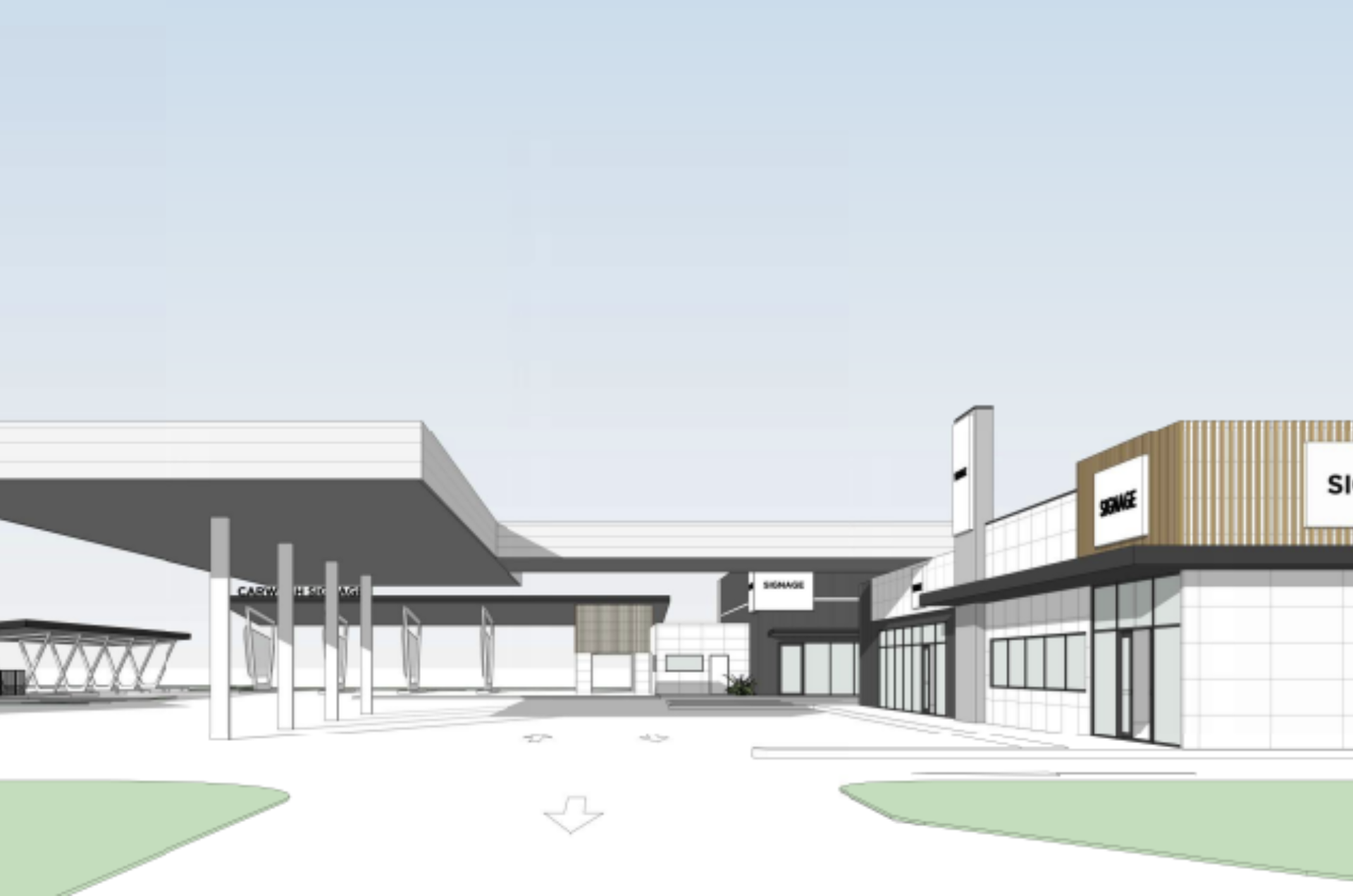Queensland's New Community Benefit System: A Game-Changer for Renewable Energy Planning
July 31, 2025

Queensland has introduced a Community Benefit system that fundamentally transforms how wind farms and large-scale solar farms are planned and approved. The Planning (Social Impact and Community Benefit) and Other Legislation Amendment Act 2025 (the PSICBOLA Act) commenced on 18 July 2025, which introduced amendments to the Planning Act 2016.
The amendments include a new community benefit system which applies to wind farms and large-scale solar farms. This comprehensive reform represents a significant shift in Queensland's planning framework. The new community benefit system requires proponents to undertake a social impact assessment and enter into a community benefit agreement.
What is the Community Benefit System?
The community benefit system seeks to ensure that developments contribute positively to the communities they impact and align with local expectations. The Community Benefit System comprises two essential components that work together and seek to create positive outcomes for the host community:
1. Social Impact Assessment (SIA) The SIA requires proponents to comprehensively evaluate how their project will affect local communities, examining both positive and negative impacts across areas such as workforce management, local procurement, housing availability, and community wellbeing.
2. Community Benefit Agreement (CBA) This system requires proponents to conduct a social impact assessment and enter into a community benefit agreement before lodging a development application.
Which Projects Are Affected?
The Community Benefit system applies specifically to:
- All wind farms regardless of size
- Large-scale solar farms defined as facilities that either generate 1MW or more of electricity from solar energy, or where solar panels and mounting structures occupy 2 hectares or more
The proposed changes to the Planning Act will apply to development applications and change applications (other than for minor changes) for wind farms and large-scale solar farms.
Key Changes to State Codes
New State Code 26: Solar Farm Development
This new code establishes assessment benchmarks specifically for solar farm developments. The new code seeks to ensure solar farms are subject to a rigorous assessment via the impact assessment process.
Updated State Code 23: Wind Farm Development
State Code 23: Wind Farm Development has been updated to ensure it alights with the change to State Code 26: Solar Farm development where appropriate.
Assessment Process Changes
Impact Assessment for All Renewable Projects
Applicable legislation has been amended such that renewable energy projects are subject to Impact Assessment, i.e. public notification requirements.
Wind farm developments are subject to assessment by the State Assessment Referral Agency (SARA).
The responsibility for assessing development applications for large-scale solar farms shifts from local governments to SARA.
Mandatory Requirements Before Application
The Community Benefit system introduces pre-application requirements that must be completed before lodging a development application:
Social Impact Assessment Report
Proponents must undertake comprehensive community consultation and prepare a detailed SIA report that:
- Identifies and analyses social impacts on local communities
- Assesses cumulative impacts from multiple developments
- Proposes mitigation strategies through a Social Impact Management Plan (SIMP)
- Complies with new SIA guidelines
Executed Community Benefit Agreement
The community benefit system requires a social impact assessment report and an executed Community Benefit Agreement (CBA) to be lodged with a development application for it to be properly made.
Types of community benefits could include:
- Providing or contributing towards infrastructure
- Making a financial contribution
- A combination of both
CBAs are intended to be publicly accessible, and it is proposed that local governments will be required to report on the receipt and expenditure of any funds received as part of annual financial statement reporting.
Implications for Existing Applications
At commencement of changes on 18 July 2025, pre-existing applications are taken to be not properly made, unless the application is already subject to a call-in or direction notice under the Planning Act 2016. As a result, these development applications are required to be remade to the relevant assessment manager and are subject to the new community benefit system.
This means many applications will need to restart the process, incorporating the new SIA and CBA requirements.
Looking Ahead
Queensland's Community Benefit system sets a new standard for renewable energy planning.
For developers, this could mean longer approval timeframes and increased costs, but also the opportunity to engage with and create lasting positive relationships with host communities.
For communities, it ensures their voices are heard and that they share in the benefits of renewable energy developments in their areas.
As Queensland continues to transition toward renewable energy, the Community Benefit system seeks to ensure this transformation happens in partnership with local communities.
------------------------------------------------------------------------------------------------------------------------------------------------------------------------------------------------------
For expert guidance on navigating Queensland's new Community Benefit system, contact wallplanning.com.au. Our experienced consultants can help you understand these complex requirements and develop successful strategies for your renewable energy projects.



